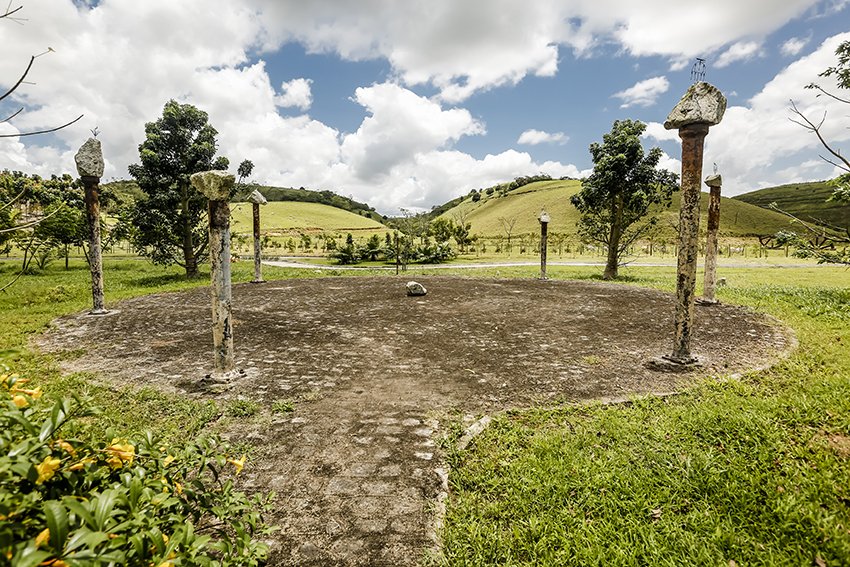
Duration: 00:04:41
Categories: Contemporary Art,Museums,Short Documentaries
Tags: Bene, Fonteles, bene_fonteles_corte_04_limpa_mix_cor_final_220907.mp4, brazil, nature, garden, park, ecological, bio, sculpture

Duration: 00:04:41
Categories: Contemporary Art,Museums,Short Documentaries
Tags: Bene, Fonteles, bene_fonteles_corte_04_limpa_mix_cor_final_220907.mp4, brazil, nature, garden, park, ecological, bio, sculpture